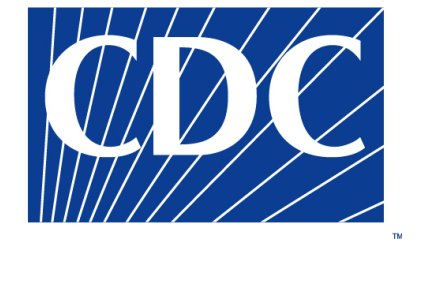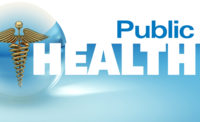 It’s a small world, after all – especially when it comes to disease outbreaks.
It’s a small world, after all – especially when it comes to disease outbreaks.
Dr. Thomas Frieden, Director of the Centers for Disease Control and Prevention (CDC) made that point in a speech last week to the National Press Club.
“A disease outbreak reminds us that we're all connected by the air we breathe, that an outbreak anywhere is a risk everywhere,” said Frieden.
46,000 public health jobs eliminated
“Now, despite that, I think there are those who believe that public health is passé, that no longer is it so relevant, both nationally or internationally. And I would provide an unfortunate exhibit one for that mistaken belief, the fact that over the past four years, about 46,000 thousand jobs have been eliminated by state and local governments in public health departments. I understand that because it was a time of contraction. But in state after state, as state budgets recover, those jobs are not yet being put back.
“There may be a misconception that public health is no longer needed because we have healthcare, expansion of healthcare access. Well, public health is not healthcare for poor people. Public health is healthcare and health for everyone. There may be a misconception that clinical medicine can take care of prevention. And while clinical medicine is crucially important, prevention in the community has for the last hundred years, and for the foreseeable future, been the best buy in promoting health. There may be a misconception that infectious diseases are over in the industrialized world. But in fact, infectious diseases continue to be, and will always be, with us. Microbes are part of our lives and if we don't come to balance with them effectively, we will continue to suffer unduly from preventable illnesses.”
Frieden said that today, public health is both more needed than ever, and has greater potential than ever.
“CDC, we work 24/7 with boots on the ground to protect people from threats, whether they're infectious, environmental or chronic, whether they come from this country or anywhere in the world, whether they're intentional and manmade, or naturally occurring. And we do that with more than 15,000 employees, a budget of about $13 billion, more than 2,500 staff embedded in every state in the country and more than 60 countries around the world.”
A virus is just a plane ride away
He said the CDC’s goal is fairly simple: to help people live healthier, longer lives with lower healthcare costs and increased productivity.
Frieden said because of globalization, "a virus anywhere is just a plane ride away.”
Frieden identified the first trend as emerging infections such as the H7N9 influenza, and the MERS coronavirus, which is acting quite a bit like SARS. The CDC identifies one new infectious disease a year.
“Now, H7N9 gives a remarkable example, both of emerging infection risk and of the value of collaboration. H7N9 influenza is a combination of various different types of influenza and when you ask a public health expert what keeps you up at night work-wise, they will say influenza. Because there's nothing that can kill as many people as influenza. In 1918, more than 50 million people around the world were killed by flu. An average year, over 10,000 people are killed by flu in this country. H7N9 influenza is a form of influenza which is highly lethal, which spreads readily from animals to people, which doesn't make the animal sick so we can't cull the flocks, for which we don't yet have an effective vaccine, though we're working hard on it. And for which we have virtually no natural immunity from prior infections.
“The only thing protecting us from a global pandemic right now is the fact that it doesn't yet spread from person to person. I can't predict if that's going to happen tomorrow, in ten years or never. But when it comes to new emerging infectious diseases, the question is not whether, it's when and where.”
Among the infectious diseases that were missed: HIV.


